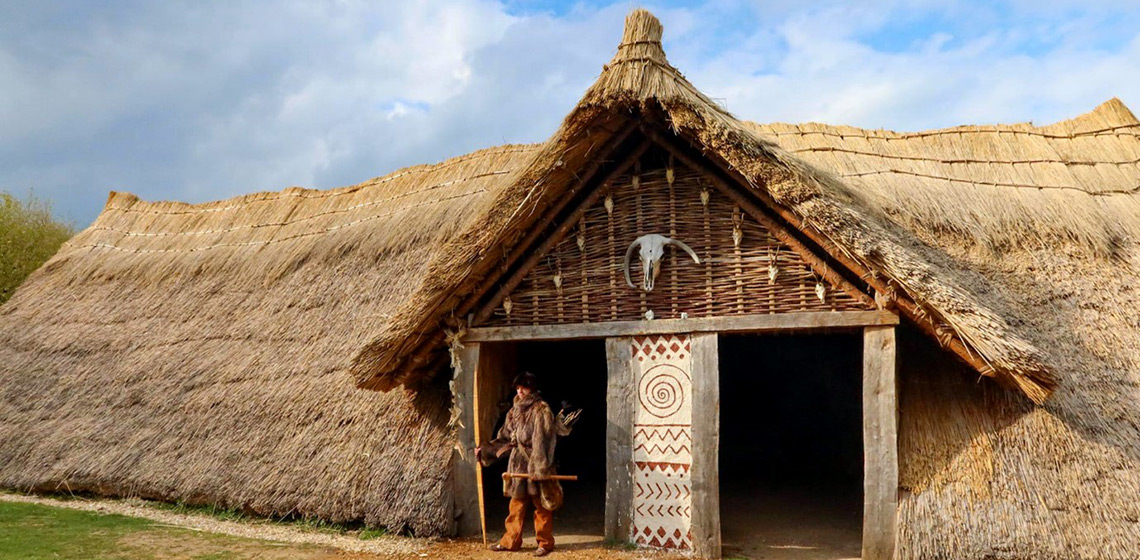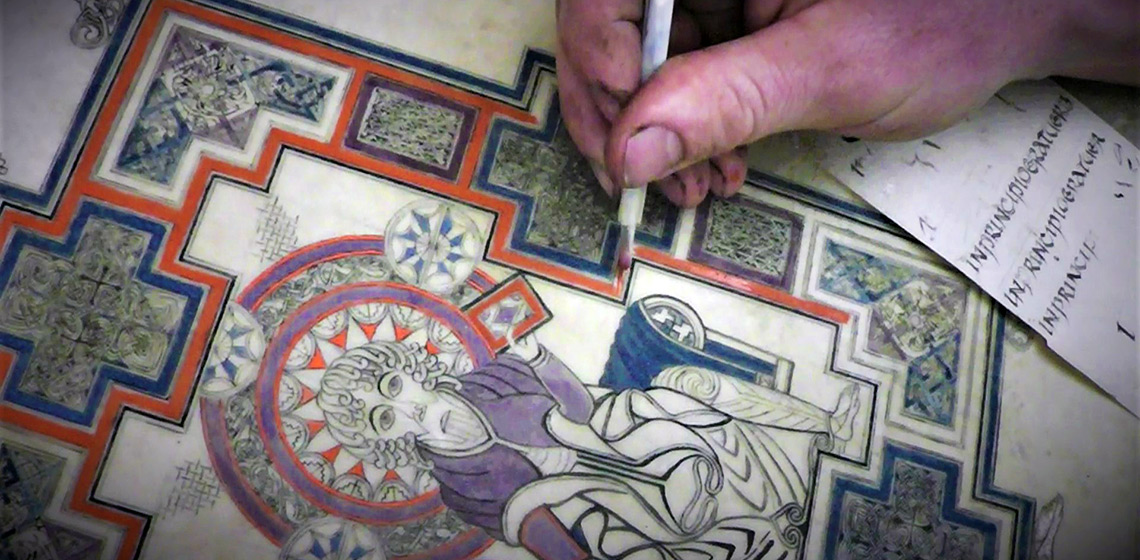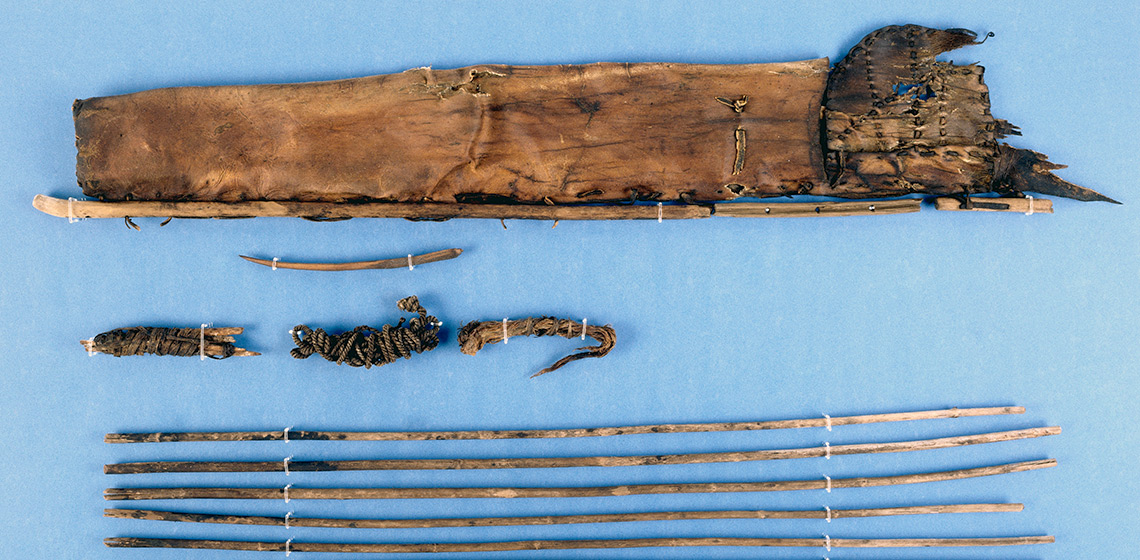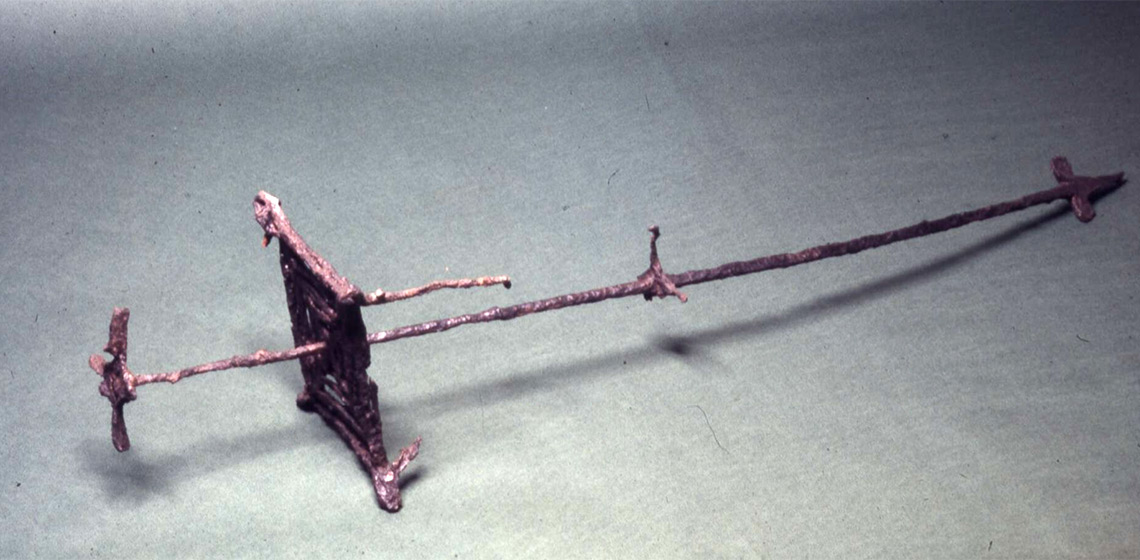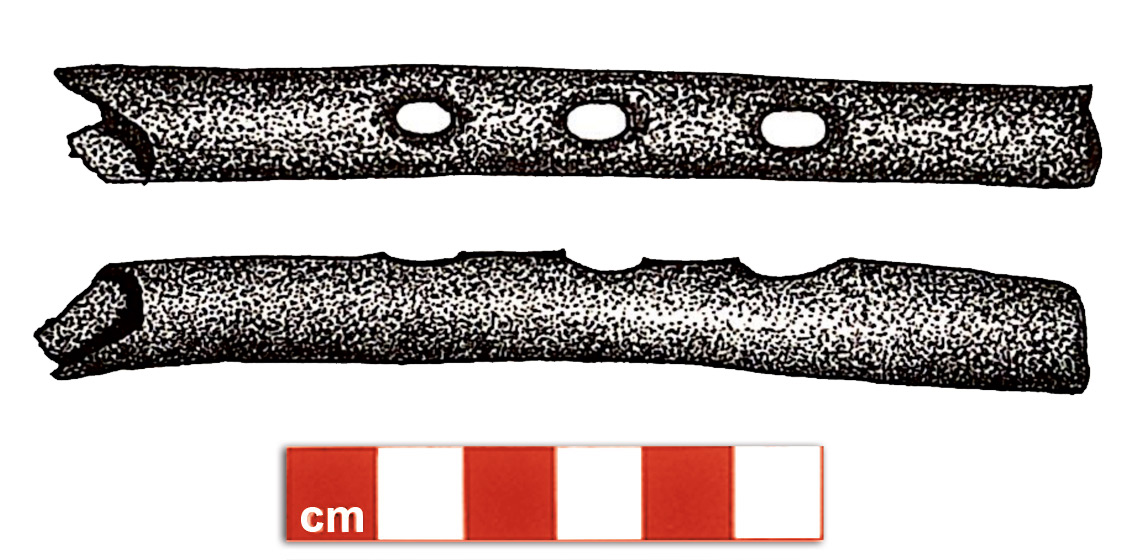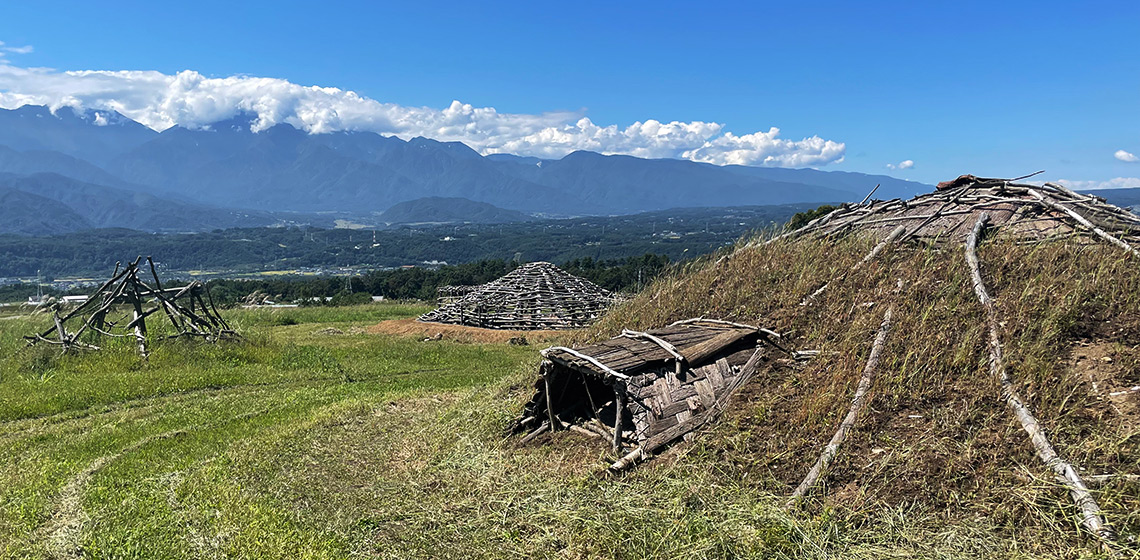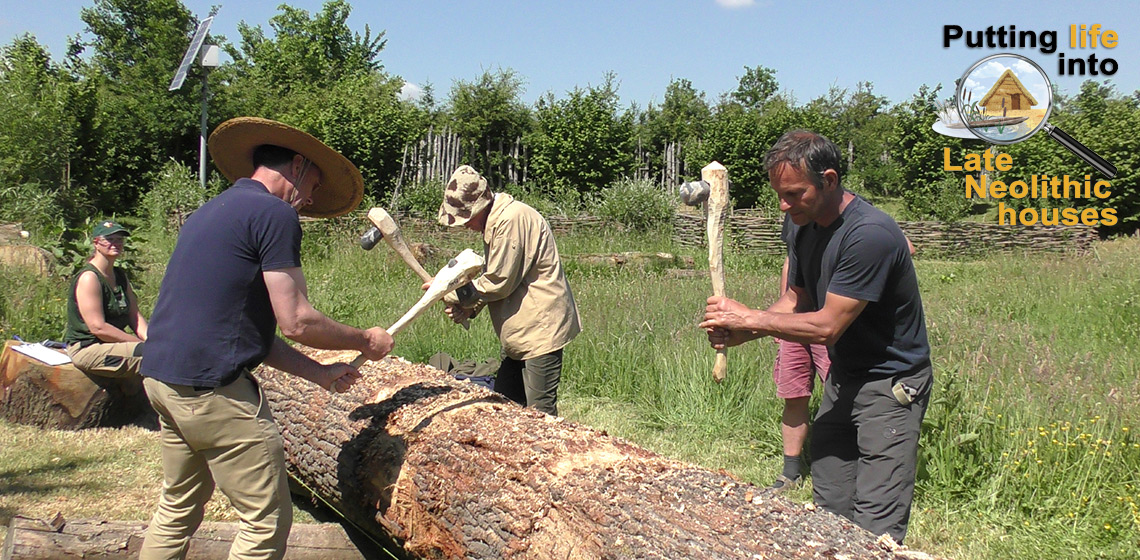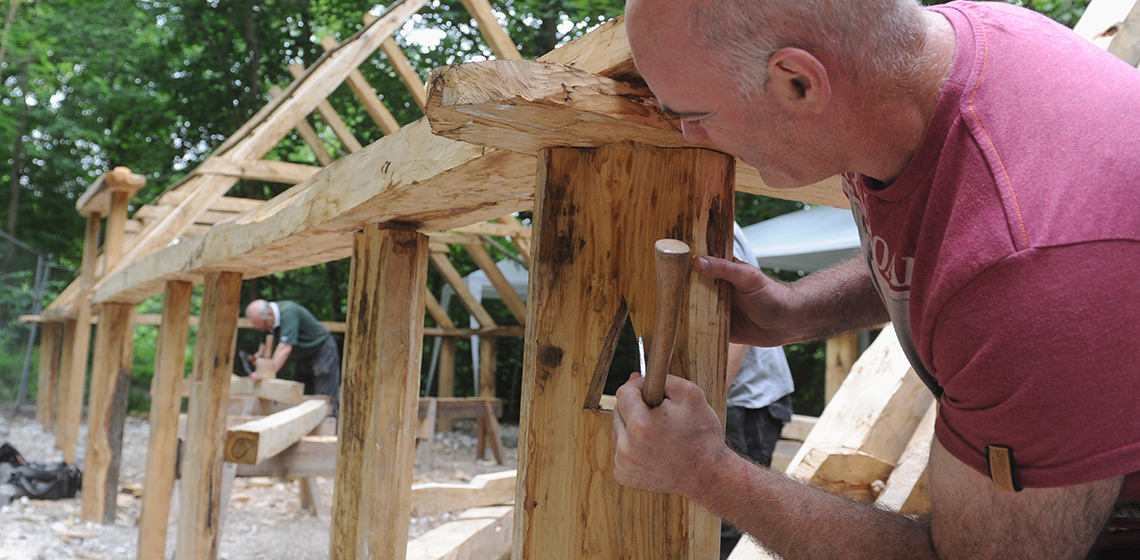(re)construction
Reconstruction of ‘Lattara type’ Housing in a French Archaeosite in Southern France
Introduction
The archaeological material for this period is scarce locally and does not give enough data for reconstruction. Thus, the decision was made to experiment on building techniques of the various types of habitats encountered in archaeological excavations throughout the south-eastern quarter of France in the regions near Ardèche such as Gard and Herault. The building material was chosen to fit the local climate and resources, and to provide reconstructions that would be compatible with the archaeological context of southern Ardèche.
Making the Book of Kells
The Arrow Quiver of the Iceman Reconstruction Attempts and the Special Significance of the Fur Material
A Proposed New Appearance of the Iron Stand from Sutton Hoo, Based on Existing Material
The stand and its previous representations
The ‘iron stand’ was excavated in 1939, one of the many objects discovered in the Sutton Hoo, Mound 1 ship burial. To date, the stand is unique in the archaeological record but due to adverse burial conditions it is incomplete (See Figure 1). This makes its appearance and function difficult to discern. Due to this difficulty, while the first description of the object was published in 1940 (Phillips, 1940, pp.
Early Medieval Bone Pipes: Understanding the Sounds of These Instruments through Reconstruction
Introduction
Bone pipes dating from both the early and late medieval period have been found in the archaeological record from across central and Northern Europe such as in: The Netherlands (Tamboer, 2004), Denmark, Sweden (Lund, 1981a), Poland (Poplawska, 1998), Latvia (Urtan, 1970) and Estonia (Oras, 2015) (Tamboer and Rainio, 2020). One of the first comprehensive studies of these instruments as a whole is that by Brade, published in 1975.
Approaches to Experimental Pit House Reconstructions in the Japanese Central Highlands: Architectural History, Community Archaeology and Ethnology
Introduction
In Japan, experimental archaeology has thrived on many efforts to reconstruct prehistoric buildings. Since 1949, approximately one thousand buildings have been built at 360 sites (Ertl, 2021), making archaeological reconstruction something of a national pastime. In this article we compare approaches to making ancient pit houses at three sites located in the Central Highlands region of Japan: Togariishi-Yosukeone site (Chino City, Nagano Prefecture), Idojiri site (Fujimi Town, Nagano) and Umenoki site (Hokuto City, Yamanashi Prefecture) (See Figures 1–3).

